The electric vehicle market is expanding rapidly, with automakers rolling out innovative designs and technologies to meet the growing demand for sustainable transportation. Two premium compact electric SUVs that have piqued interest are the BMW iX1 and the Mercedes EQB. Both vehicles offer their own unique features, capabilities, and styling cues aimed at the modern driver. In this article, we will delve into a detailed comparison of these two electric SUVs.
BMW iX1 vs Mercedes EQB – Which car suits you better?
Both models have their strengths – but which one suits you more?
Compare performance, efficiency, price and space directly: BMW iX1 or Mercedes EQB?
Design and Dimensions
Starting with design, the BMW iX1 presents a sporty and dynamic appearance with its signature kidney grille and streamlined silhouette. It has a length of 4500 mm, width of 1845 mm, and a height of 1616 mm, making it a compact but spacious option for urban and suburban driving.
On the other hand, the Mercedes EQB boasts a slightly larger footprint, measuring 4684 mm in length, 1834 mm in width, and standing at 1654 mm (or 1689 mm for the EQB 350 variant). This gives it a more imposing presence on the road. Its clean lines, modern front fascia, and LED lighting add a touch of elegance typical of Mercedes-Benz vehicles.
Performance and Powertrain
When it comes to performance, the BMW iX1 offers two power configurations: 204 HP in the standard variant and up to 313 HP in the all-wheel-drive version. The iX1 can accelerate from 0-100 km/h in as little as 5.6 seconds, while its electric range reaches up to 463 km, thanks to its 64.8 kWh battery capacity. The energy consumption is rated from 15.8 kWh/100km to 17.1 kWh depending on the specific model.
Conversely, the Mercedes EQB features a broader range of power options, offering configurations from 190 HP to a powerful 292 HP in the EQB 350 variant. Its acceleration is impressive, with the top variant reaching 0-100 km/h in just 6.2 seconds. The EQB can achieve an electric range of up to 533 km with its 70.5 kWh battery, also showcasing a commendable energy consumption of approximately 15.2 kWh/100km.
Interior and Technology
Inside, both vehicles deliver on luxury and functionality. The BMW iX1 focuses on a driver-centric cockpit, equipped with dual digital displays as part of its iDrive system, enhancing the overall technological experience. The interior is spacious, comfortably seating five passengers, and boasts a trunk capacity of 490 liters.
The Mercedes EQB, similarly, offers a high-tech interior featuring the MBUX infotainment system, which includes a vibrant touchscreen and advanced voice control capabilities. Like the iX1, it also provides comfortable seating for five and a trunk capacity of 495 liters, making both vehicles practical choices for families or daily commuting.
Charging and Sustainability
Both vehicles are designed with efficiency in mind. The BMW iX1, with a battery capacity of 64.8 kWh, allows for easy charging options and offers a competitive energy efficiency rating. Its high CO2 efficiency class of A signals a commitment to sustainability.
Meanwhile, the Mercedes EQB's larger battery capacity of 70.5 kWh offers similar advantages, combined with fast-charging capabilities that make it convenient for longer trips. Both vehicles emit zero tailpipe emissions, further affirming their eco-friendly stance.
Conclusion
Ultimately, choosing between the BMW iX1 and the Mercedes EQB boils down to personal preference and specific needs. The iX1 seems to favor performance and a sporty drive, while the EQB leans towards practicality and family-friendly features. With both models showcasing advanced technology, sustainable engineering, and impressive performance, electric SUV buyers will find enticing options in either vehicle.
As the automotive landscape continues to evolve, the BMW iX1 and Mercedes EQB symbolize the exciting future of electric mobility while catering to the discerning tastes of modern consumers.
Here’s where it gets real: The technical differences in detail
Costs and Efficiency:
Looking at overall running costs, both models reveal some interesting differences in everyday economy.
BMW iX1 has a minimal advantage in terms of price – it starts at 41800 £, while the Mercedes EQB costs 45900 £. That’s a price difference of around 4041 £.
In terms of energy consumption, the advantage goes to the Mercedes EQB: with 15.20 kWh per 100 km, it’s barely noticeable more efficient than the BMW iX1 with 15.80 kWh. That’s a difference of about 0.60 kWh.
As for range, the Mercedes EQB performs a bit better – achieving up to 535 km, about 72 km more than the BMW iX1.
Engine and Performance:
Power, torque and acceleration are the classic benchmarks for car enthusiasts – and here, some clear differences start to show.
When it comes to engine power, the BMW iX1 has a barely noticeable edge – offering 313 HP compared to 292 HP. That’s roughly 21 HP more horsepower.
In acceleration from 0 to 100 km/h, the BMW iX1 is somewhat quicker – completing the sprint in 5.60 s, while the Mercedes EQB takes 6.20 s. That’s about 0.60 s faster.
In terms of top speed, the BMW iX1 performs somewhat better – reaching 180 km/h, while the Mercedes EQB tops out at 160 km/h. The difference is around 20 km/h.
There’s also a difference in torque: Mercedes EQB pulls hardly perceptible stronger with 520 Nm compared to 494 Nm. That’s about 26 Nm difference.
Space and Everyday Use:
Whether family car or daily driver – which one offers more room, flexibility and comfort?
Both vehicles offer seating for 5 people.
In curb weight, BMW iX1 is minimal lighter – 1940 kg compared to 2105 kg. The difference is around 165 kg.
In terms of boot space, the Mercedes EQB offers slight more room – 495 L compared to 490 L. That’s a difference of about 5 L.
In maximum load capacity, the Mercedes EQB performs slightly better – up to 1710 L, which is about 215 L more than the BMW iX1.
When it comes to payload, BMW iX1 slightly takes the win – 495 kg compared to 435 kg. That’s a difference of about 60 kg.
Who wins the race?
The BMW iX1 proves to be edges ahead and therefore becomes our DriveDuel Champion!
BMW iX1 is the better all-rounder in this comparison.
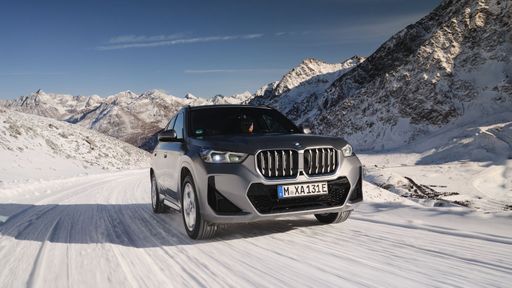 @ BMW Group Press
@ BMW Group Press
BMW iX1
BMW iX1
The BMW iX1 wraps BMW's electric ambition into a compact SUV package that feels unexpectedly premium, with sharp handling and a crisp, modern cabin that keeps the driver in charge. It's ideal for buyers who want a stylish, quiet daily driver with useful practicality and tech-savvy touches — plus enough character to make the commute feel less like a chore and more like a short joyride.
details @ BMW Group Press
@ BMW Group Press
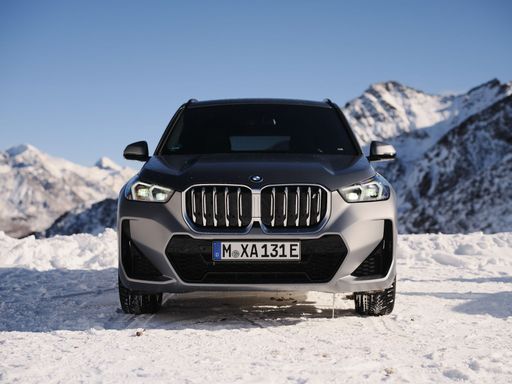 @ BMW Group Press
@ BMW Group Press
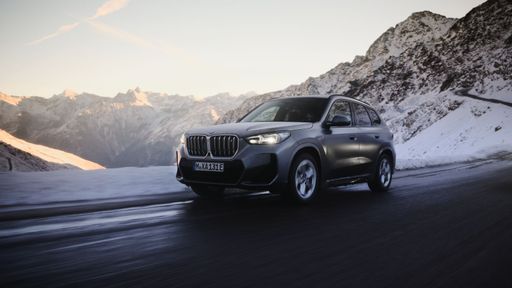 @ BMW Group Press
@ BMW Group Press
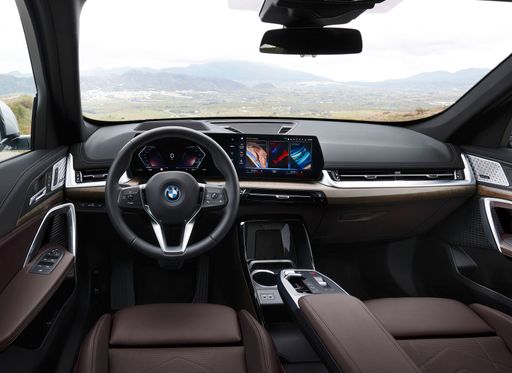 @ BMW Group Press
@ BMW Group Press
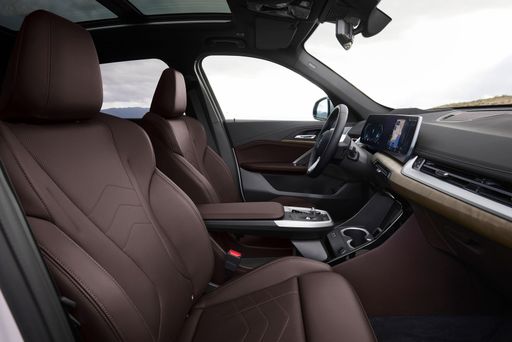 @ BMW Group Press
@ BMW Group Press
Mercedes EQB
The Mercedes-Benz EQB is an all-electric compact SUV that seamlessly blends practicality with modern luxury. Its sleek design and spacious interior make it an attractive option for families seeking both style and function. With advanced technology and impressive range capabilities, the EQB is a testament to Mercedes-Benz's commitment to sustainable mobility.
details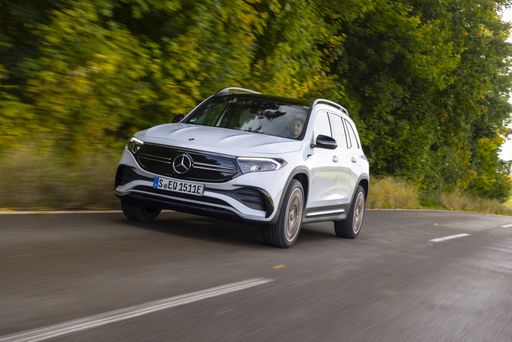 @ Mercedes-Benz Group Media
@ Mercedes-Benz Group Media
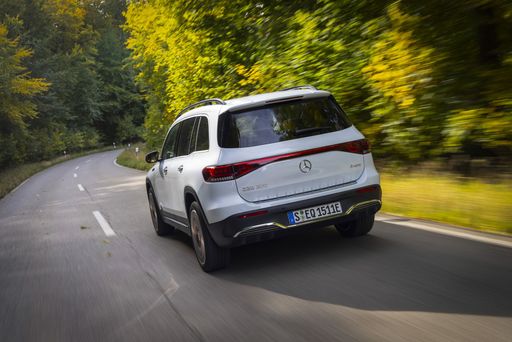 @ Mercedes-Benz Group Media
@ Mercedes-Benz Group Media
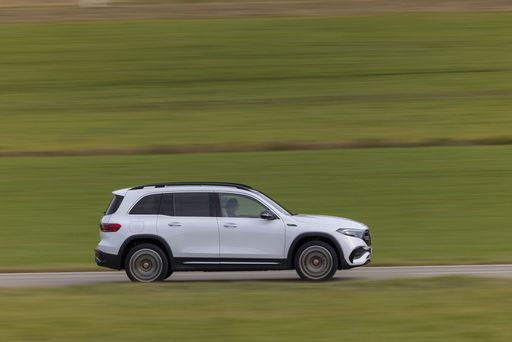 @ Mercedes-Benz Group Media
@ Mercedes-Benz Group Media
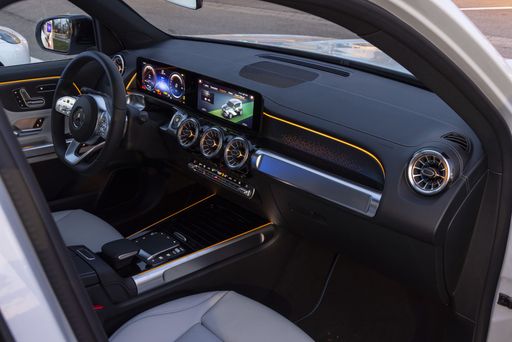 @ Mercedes-Benz Group Media
@ Mercedes-Benz Group Media
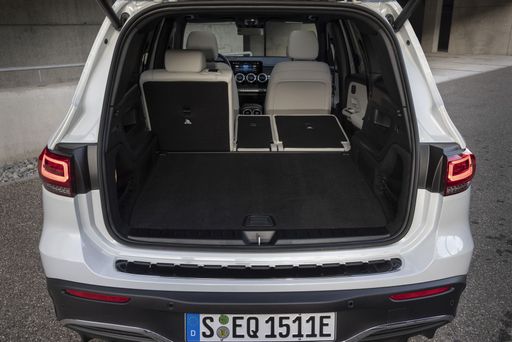 @ Mercedes-Benz Group Media
@ Mercedes-Benz Group Media
 @ BMW Group Press
@ BMW Group Press
|
 @ Mercedes-Benz Group Media
@ Mercedes-Benz Group Media
|
|
|
|
Costs and Consumption |
|
|---|---|
|
Price
41800 - 54600 £
|
Price
45900 - 58900 £
|
|
Consumption L/100km
-
|
Consumption L/100km
-
|
|
Consumption kWh/100km
15.8 - 17.1 kWh
|
Consumption kWh/100km
15.2 - 17.2 kWh
|
|
Electric Range
436 - 463 km
|
Electric Range
468 - 535 km
|
|
Battery Capacity
64.80 kWh
|
Battery Capacity
70.50 kWh
|
|
co2
0 g/km
|
co2
0 g/km
|
|
Fuel tank capacity
-
|
Fuel tank capacity
-
|
Dimensions and Body |
|
|---|---|
|
Body Type
SUV
|
Body Type
SUV
|
|
Seats
5
|
Seats
5
|
|
Doors
5
|
Doors
5
|
|
Curb weight
1940 - 2085 kg
|
Curb weight
2105 - 2170 kg
|
|
Trunk capacity
490 L
|
Trunk capacity
495 L
|
|
Length
4500 mm
|
Length
4684 mm
|
|
Width
1845 mm
|
Width
1834 mm
|
|
Height
1616 mm
|
Height
1654 - 1689 mm
|
|
Max trunk capacity
1495 L
|
Max trunk capacity
1710 L
|
|
Payload
495 kg
|
Payload
435 kg
|
Engine and Performance |
|
|---|---|
|
Engine Type
Electric
|
Engine Type
Electric
|
|
Transmission
Automatic
|
Transmission
Automatic
|
|
Transmission Detail
Reduction Gearbox
|
Transmission Detail
Reduction Gearbox
|
|
Drive Type
Front-Wheel Drive, All-Wheel Drive
|
Drive Type
Front-Wheel Drive, All-Wheel Drive
|
|
Power HP
204 - 313 HP
|
Power HP
190 - 292 HP
|
|
Acceleration 0-100km/h
5.6 - 8.6 s
|
Acceleration 0-100km/h
6.2 - 8.9 s
|
|
Max Speed
170 - 180 km/h
|
Max Speed
160 km/h
|
|
Torque
250 - 494 Nm
|
Torque
385 - 520 Nm
|
|
Number of Cylinders
-
|
Number of Cylinders
-
|
|
Power kW
150 - 230 kW
|
Power kW
140 - 215 kW
|
|
Engine capacity
-
|
Engine capacity
-
|
General |
|
|---|---|
|
Model Year
2022 - 2023
|
Model Year
2024 - 2025
|
|
CO2 Efficiency Class
A
|
CO2 Efficiency Class
A
|
|
Brand
BMW
|
Brand
Mercedes-Benz
|
Is the BMW iX1 offered with different drivetrains?
The BMW iX1 is available as Front-Wheel Drive or All-Wheel Drive.
The prices and data displayed are estimates based on German list prices and may vary by country. This information is not legally binding.
